SMBE Council 2025
Ziheng Yang
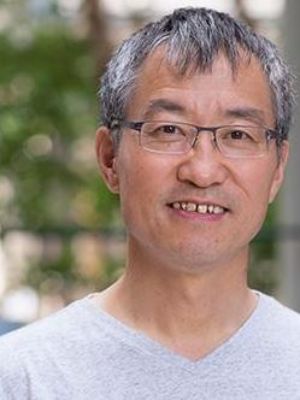
President
Professor of Statistical Genetics at Department of Genetics, Evolution and Environment, University College London (UCL), UK
Juliette de Meaux
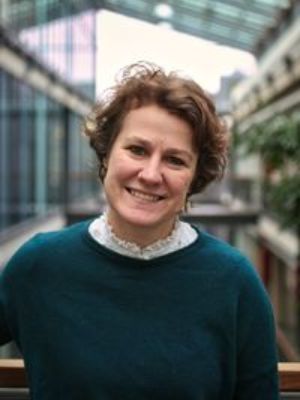
President-Elect
Institute for Plant Sciences, University of Cologne
Stephen Wright
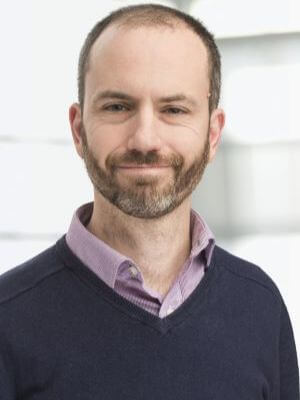
Past-President
University of Toronto, Canada
Emmanuelle Lerat

Secretary
Lyon 1 University, France
Aline Muyle

Treasurer
CNRS Researcher, Centre d’Ecologie Fonctionnelle et Evolutive (CEFE), Montpellier, France
Rebecca Zufall

Councillor (2023-2025)
University of Houston, TX, USA
Christian Landry

Councillor (2023-2025)
Université Laval, Quebec, Canada
Elena Gómez-Diaz
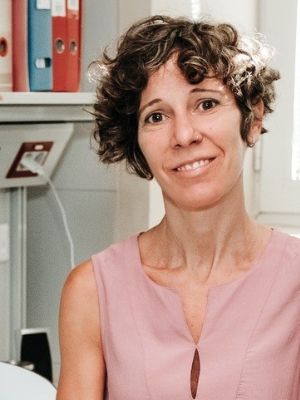
Councillor (2024-2026)
Researcher, Spanish National Scientific Council (IPBLN-CSIC), Granada, Spain
Juliana A. Vianna

Councillor (2024-2026)
Associate Professor, Biological Science Department and Institute for Sustainable Development, Pontificia Universidad Católica de Chile (UC), Chile
Aya Takahashi

(2025-2027)
Tokyo Metropolitan University (TMU), Department of Biological Sciences and the Research Center for Genomics and Bioinformatics, Director of the International Student and Study Abroad Support Division and a Vice-Director of the International Center at Tokyo Metropolitan University (TMU)
Melissa Wilson

(2025-2027)
Professor of Genomics, Evolution and Bioinformatics in the School of Life Sciences and co-Director of the Computational Life Sciences program at Arizona State University
Maud Tenaillon

Editor-in-chief
Genome Biology and Evolution
Quantitative Genetics and Evolution, INRAE, CNRS, Gif-sur-Yvette, France
Laura A. Katz

Editor-in-chief
Genome Biology and Evolution
Department of Biological Sciences
Smith College, Northampton, MA, USA
Brandon Stuart Gaut
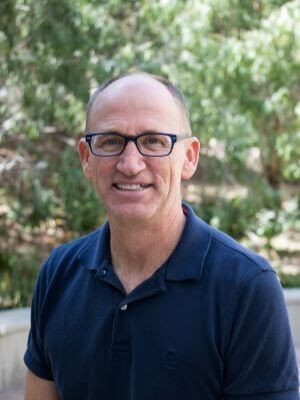
Editor-in-chief
Molecular Biology and Evolution
School of Biological Sciences, University of California, Irvine, CA, USA
Claudia A. M. Russo
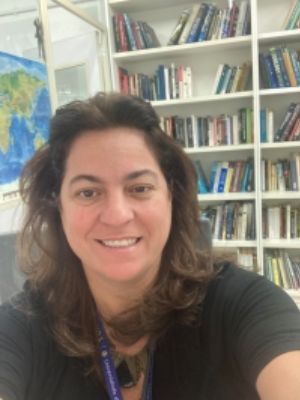
Editor-in-chief
Molecular Biology and Evolution
Genetics/Biology Department, Federal University of Rio de Janeiro, Brazil
SMBE Past Councils
| Year | President | President-Elect | Past-President | Secretary | Treasurer | Councillors | Ex Officio Councillors |
|---|---|---|---|---|---|---|---|
| 2024 | Stephen Wright | Ziheng Yang | Kateryna D Makova | Emmanuelle Lerat | Aline Muyle | María C. Ávila Arcos Jeffrey Ross-Ibarra Rebecca Zufall Christian Landry Elena Gómez-Diaz Juliana A. Vianna | Adam Eyre-Walker Laura A. Katz Brandon Gaut Claudia A. M. Russo |
| 2023 | Kateryna D Makova | Stephen Wright | James McInerney | Emmanuelle Lerat | John McCutcheon | Josefa González Katerina Guschanski María C. Ávila Arcos Jeffrey Ross-Ibarra Rebecca Zufall Christian Landry | Sudhir Kumar Adam Eyre-Walker Laura A. Katz Brandon Gaut Claudia A. M. Russo |
| 2022 | James McInerney | Kateryna D Makova | Harmit Malik | Nadia Singh | John McCutcheon | Stephen Isaac Wright Sarah Schaack Josefa González Katerina Guschanski María C. Ávila Arcos Jeffrey Ross-Ibarra | Adam Eyre-Walker Laura A. Katz Brandon Gaut Claudia A. M. Russo |
| Year | President | President-Elect | Past-President | Secretary | Treasurer | Councillors | Ex Officio Councillors |
|---|---|---|---|---|---|---|---|
| 2021 | Harmit Malik | James McInerney | Marta Wayne | Nadia Singh | John McCutcheon | Mary O’Connell Beth Shapiro Stephen Isaac Wright Sarah Schaack Josefa González Katerina Guschanski | |
| 2020 | Marta Wayne | Harmit Malik | Aoife McLysaght | Nadia Singh | Jeffrey Thorne | Belinda Chang Nicholas Galtier Mary O’Connell Beth Shapiro Stephen Isaac Wright Sarah Schaack | |
| 2019 | Aoife McLysaght | Marta Wayne | David Pollock | Jeffrey Thorne | Joanna Masel Jay Storz Belinda Chang Nicholas Galtier Mary O’Connell Beth Shapiro
|
| Year | President | President-Elect | Past-President | Secretary | Treasurer | Councillors | Ex Officio Councillors |
|---|---|---|---|---|---|---|---|
| 2018 | Bill Martin | Aoife McLysaght | Laura Landweber | David Pollock | Jeffrey Thorne | Maud Tenaillon Adam Eyre-Walker Joanna Masel Jay Storz Belinda Chang Nicholas Galtier | |
| 2017 | Laura Landweber | Bill Martin | George Zhang | David Pollock | Juliette de Meaux | Emma Teeling Kateryna Makova Maud Tenaillon Adam Eyre-Walker Joanna Masel Jay Storz | |
| 2016 | George Zhang | Laura Landweber | Joe Felsenstein | James McInerney | Juliette de Meaux | Sandra Baldauf David Liberles Emma Teeling Kateryna Makova Maud Tenaillon Adam Eyre-Walker |
| Year | President | President-Elect | Past-President | Secretary | Treasurer | Councillors | Ex-Officio Councillors |
|---|---|---|---|---|---|---|---|
| 2015 | Joe Felsenstein | George Zhang | Brandon Gaut | James McInerney | Juliette de Meaux | Marta Wayne Harmit Malik Sandra Baldauf David Liberles Emma Teeling Kateryna Makova | |
| 2014 | Brandon Gaut | Joe Felsenstein | Sudhir Kumar | James McInerney | Aoife McLysaght | Laurent Duret Yoko Satta Marta Wayne Harmit Malik Sandra Baldauf David Liberles | |
| 2013 | Sudhir Kumar | Brandon Gaut | Charles Aquadro | James McInerney | Aoife McLysaght | Soojin Yi Laurent Duret Yoko Satta Marta Wayne Harmit Malik |
| Year | President | President-Elect | Past-President | Secretary | Treasurer | Councillors | Ex-Officio Councillors |
|---|---|---|---|---|---|---|---|
| 2012 | Charles Aquadro | Sudhir Kumar | Ken Wolfe | Manyuan Long | Aoife McLysaght | Robin Bush Soojin Yi Laurent Duret Yoko Satta | |
| 2011 | Ken Wolfe | Charles Aquadro | Jody Hey | Manyuan Long | John Archibald | Dan Graur Robin Bush Soojin Yi | |
| 2010 | Jody Hey | Ken Wolfe | Michael Lynch | Manyuan Long | John Archibald | Ziheng Yang Dan Graur Robin Bush |
| Year | President | President-Elect | Past-President | Secretary | Treasurer | Councillors | Ex-Officio Councillors |
|---|---|---|---|---|---|---|---|
| 2009 | Michael Lynch | Jody Hey | Paul Sharp | George Zhang | John Archibald | Laura Landweber Ziheng Yang Dan Graur | |
| 2008 | Paul Sharp | Michael Lynch | Deborah Charlesworth | George Zhang | Marta L. Wayne | Charles Aquadro Laura Landweber Ziheng Yang | |
| 2007 | Deborah Charlesworth | Paul Sharp | Montserrat Aguade | George Zhang | Marta L. Wayne | Michael Lynch Charles Aquadro Laura Landweber |
| Year | President | President-Elect | Past-President | Secretary | Treasurer | Councillors | Ex-Officio Councillors |
|---|---|---|---|---|---|---|---|
| 2006 | Montserrat Aguade | Deborah Charlesworth | Jeffrey R. Powell | Sudhir Kumar | Marta L. Wayne | Laura Katz Michael Lynch Charles Aquadro | |
| 2005 | Jeffrey R. Powell | Montserrat Aguade | John C. Avise | Sudhir Kumar | Marta L. Wayne | Jody Hey Laura Katz Michael Lynch | |
| 2004 | John C. Avise | Jeffrey R. Powell | Naoyuki Takahata | Sudhir Kumar | Marta L. Wayne | Brian Golding Jody Hey Laura Katz |
| Year | President | President-Elect | Past-President | Secretary | Treasurer | Councillors | Ex-Officio Councillors |
|---|---|---|---|---|---|---|---|
| 2003 | Naoyuki Takahata | John C. Avise | Michael T. Clegg | Marcy K. Uyenoyama | Marta L. Wayne | Howard Ochman Brian Golding Jody Hey | |
| 2002 | Michael T. Clegg | Naoyuki Takahata | Daniel L. Hartl | Marcy K. Uyenoyama | Richard C. Hudson | Montserrat Aguade Howard Ochman Brian Golding | |
| 2001 | Daniel L. Hartl | Michael T. Clegg | Wen-Hsiung Li | Marcy K. Uyenoyama | Richard C. Hudson | Tomoko Ohta Montserrat Aguade Howard Ochman |
| Year | President | President-Elect | Past-President | Secretary | Treasurer | Councillors | Ex-Officio Councillors |
|---|---|---|---|---|---|---|---|
| 2000 | Wen-Hsiung Li | Daniel L. Hartl | Andrew G. Clark | Marcy K. Uyenoyama | Richard C. Hudson | Pekka Pamilo Tomoko Ohta Montserrat Aguade | |
| 1999 | Andrew G. Clark | Wen-Hsiung Li | Richard C. Lewontin | Marcy K. Uyenoyama | Richard C. Hudson | Wilfred W. de Jong Pekka Pamilo Tomoko Ohta | |
| 1998 | Richard C. Lewontin | Andrew G. Clark | David Penny | Linda D. Strausbaugh | Richard C. Hudson | W. Ford Doolittle Wilfred W. de Jong Pekka Pamilo |
| Year | President | President-Elect | Past-President | Secretary | Treasurer | Councillors | Ex-Officio Councillors |
|---|---|---|---|---|---|---|---|
| 1997 | David Penny | Richard C. Lewontin | Margaret G. Kidwell | Linda D. Strausbaugh | Richard C. Hudson | Maryellen Ruvolo W. Ford Doolittle Wilfred W. de Jong | |
| 1996 | Margaret G. Kidwell | David Penny | Wesley M. Brown | Linda D. Strausbaugh | Richard C. Hudson | Ross A. Crozier Maryellen Ruvolo W. Ford Doolittle | |
| 1995 | Wesley M. Brown | Margaret G. Kidwell | Masatoshi Nei | Linda Maxson | Richard C. Hudson | Ross A. Crozier Maryellen Ruvolo |
| Year | President | President-Elect | Past-President | Secretary | Treasurer | Councillors | Ex-Officio Councillors |
|---|---|---|---|---|---|---|---|
| 1994 | Masatoshi Nei | Wesley M. Brown | Walter M. Fitch | Linda Maxson | Linda Maxson | Ross A. Crozier | |
| 1993 | Walter M. Fitch | Masatoshi Nei | Linda Maxson | Linda Maxson | Caro-Beth Stewart | ||
